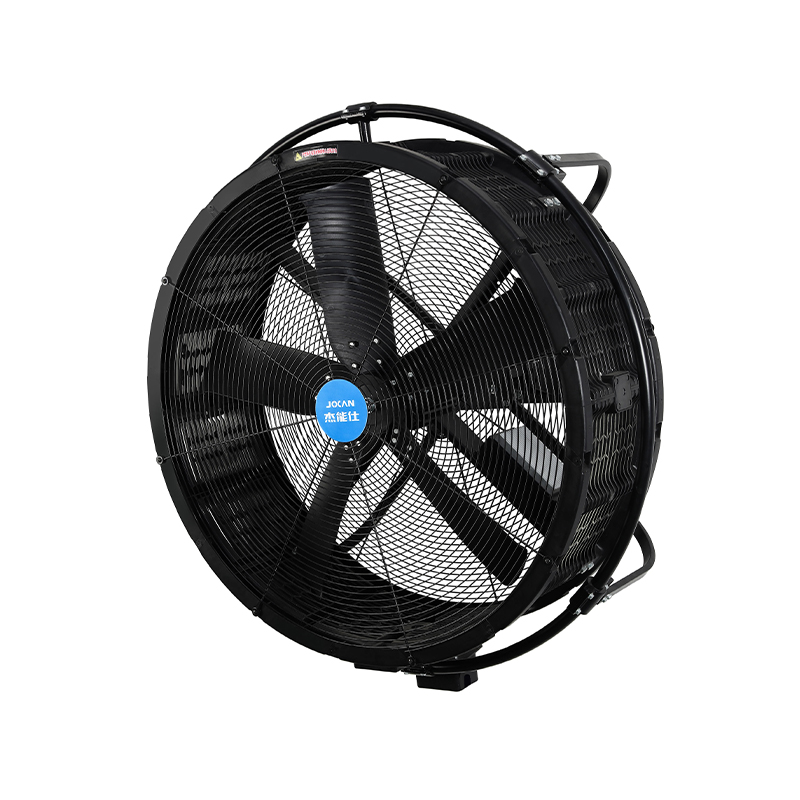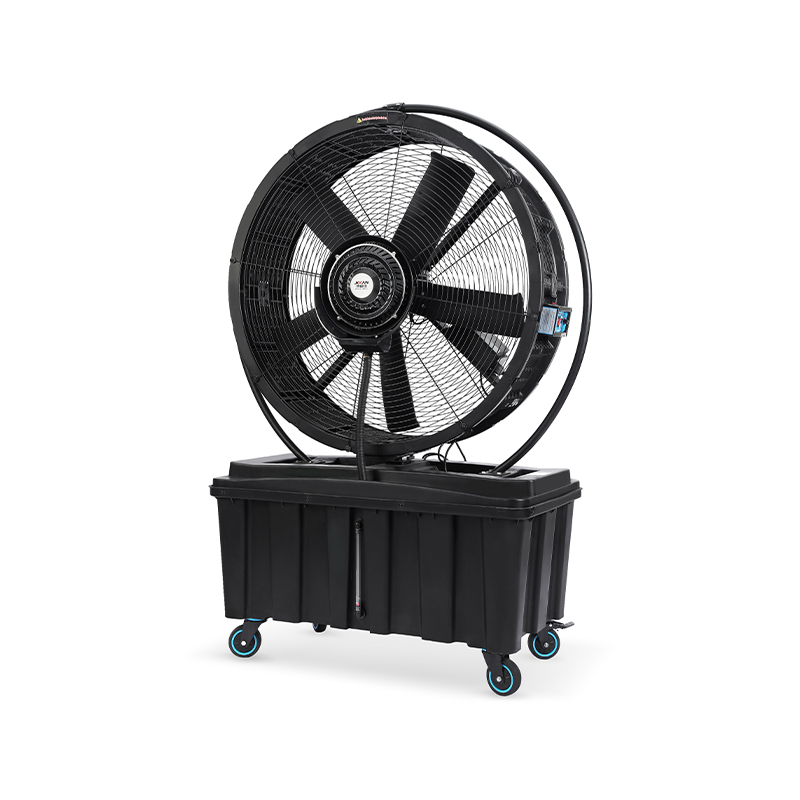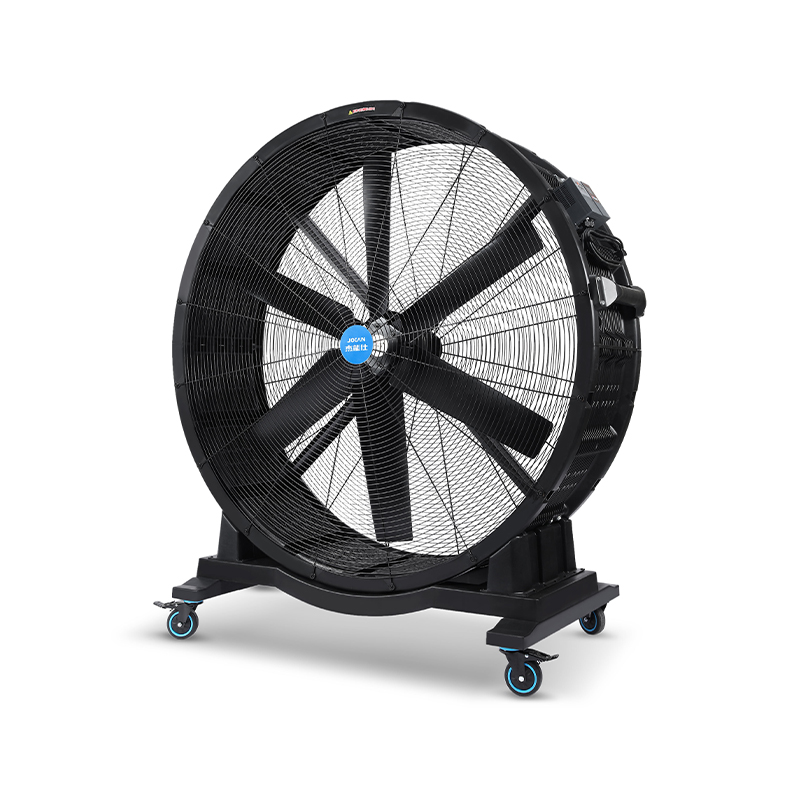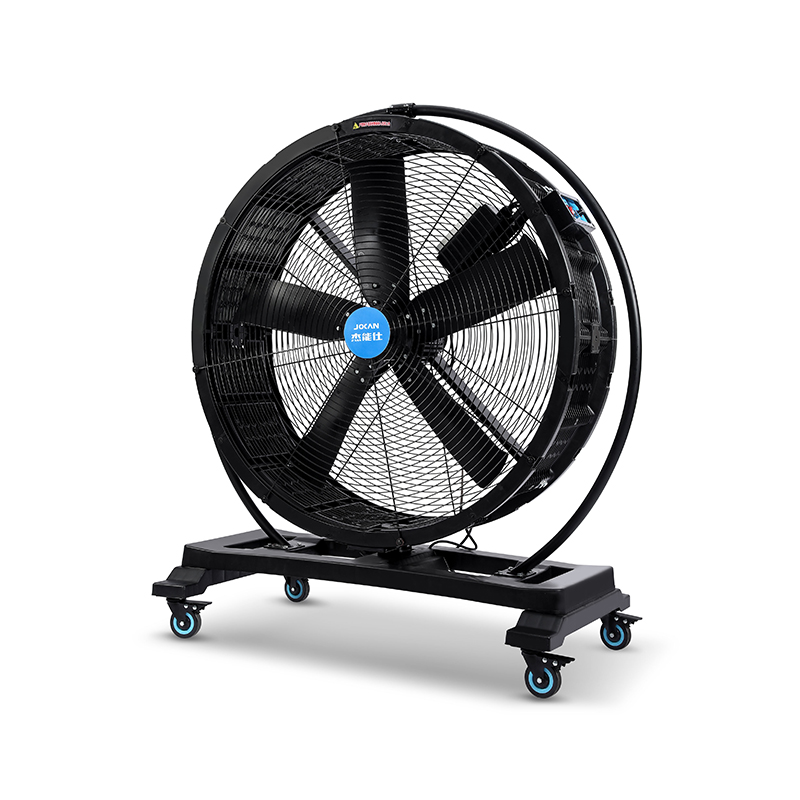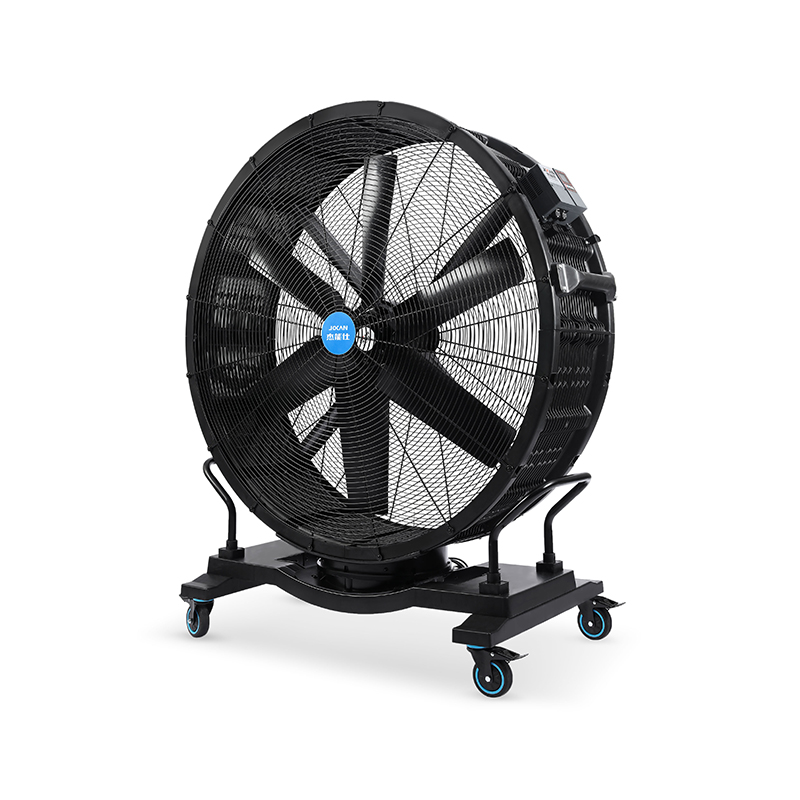Cities are growing denser, buildings are reaching higher, and commercial environments are evolving to meet the needs of increasing populations. Fresh air solutions have therefore shifted from simple airflow systems to more sophisticated and efficient ventilation approaches that ensure a healthier, more comfortable atmosphere indoors. Among these approaches, the use of bidirectional duct fans, commercial industrial fans, and industrial metal ceiling fans has gained significant traction for their versatility and effectiveness.

A bidirectional duct fan is designed to push and pull air through ventilation ducts, offering flexible airflow management that suits the complex ventilation demands of urban buildings. Unlike traditional fans that only push air in one direction, these fans can reverse airflow, making them adaptable to varying environmental requirements. In urban development projects, where buildings often have intricate duct networks and require precise control of air distribution, bidirectional duct fans play a crucial role. They help maintain balanced airflow, which supports better indoor air quality and energy efficiency. This capability is especially important in commercial and residential complexes where air circulation must meet health standards while managing energy consumption effectively.
The need for reliable ventilation equipment is especially apparent in commercial settings, where air circulation impacts both employee comfort and operational efficiency. Commercial industrial fans are designed to meet these rigorous demands. They are built to handle large volumes of air and operate under continuous use, making them suitable for warehouses, shopping centers, office buildings, and other urban commercial facilities. These fans not only facilitate the movement of fresh air but also aid in temperature regulation and humidity control. By integrating commercial industrial fans into building ventilation systems, developers can ensure that indoor environments remain comfortable and compliant with ventilation regulations. Moreover, the robust construction of these fans means they can withstand the heavy-duty demands typical of urban commercial settings.
Meanwhile, the aesthetic and functional advantages of industrial metal ceiling fans have made them a common choice in many urban development projects. These fans are not only effective in circulating air but also provide a durable solution that fits the architectural styles of modern buildings. Industrial metal ceiling fans are often used in large open spaces such as warehouses, gyms, and atriums where air needs to be moved efficiently without compromising structural integrity. Their metal construction ensures longevity and resistance to wear, which is important in commercial and industrial settings where equipment must perform reliably over long periods.
Urban development frequently involves the construction of mixed-use buildings where commercial, residential, and public spaces coexist. In these environments, fresh air solutions must be both adaptable and effective across diverse uses. The use of bidirectional duct fans in such settings offers the flexibility needed to manage airflow between different zones, reducing the risk of stale air pockets and improving overall ventilation. This flexibility also helps building operators respond quickly to changes in occupancy or environmental conditions, which are common in busy urban centers.
At the same time, commercial industrial fans are often deployed in shared spaces such as lobbies, corridors, and food courts to maintain steady airflow and ensure comfort throughout the day. Their capacity to move air efficiently contributes to a healthier indoor environment, which supports both occupant wellbeing and productivity. Industrial metal ceiling fans further enhance these spaces by providing steady air circulation while maintaining a clean, industrial aesthetic that complements modern design sensibilities.
Energy efficiency is another critical consideration in urban development projects, where sustainability goals are increasingly important. Fresh air systems equipped with bidirectional duct fans can optimize energy use by adjusting airflow direction based on real-time needs, avoiding unnecessary ventilation when spaces are unoccupied. Likewise, commercial industrial fans often come with variable speed controls and advanced motors, which allow for precise regulation of airflow and reduce energy consumption. Industrial metal ceiling fans, with their robust and efficient design, help circulate air effectively, reducing reliance on energy-intensive cooling systems.
 Add: Plot 23, Huanglang Industrial Zone, Jinqing Town, Luqiao District, Taizhou City, Zhejiang Province
Add: Plot 23, Huanglang Industrial Zone, Jinqing Town, Luqiao District, Taizhou City, Zhejiang Province
 TEL: +86-13586083215
TEL: +86-13586083215

 English
English English
English عربى
عربى 한국어
한국어


